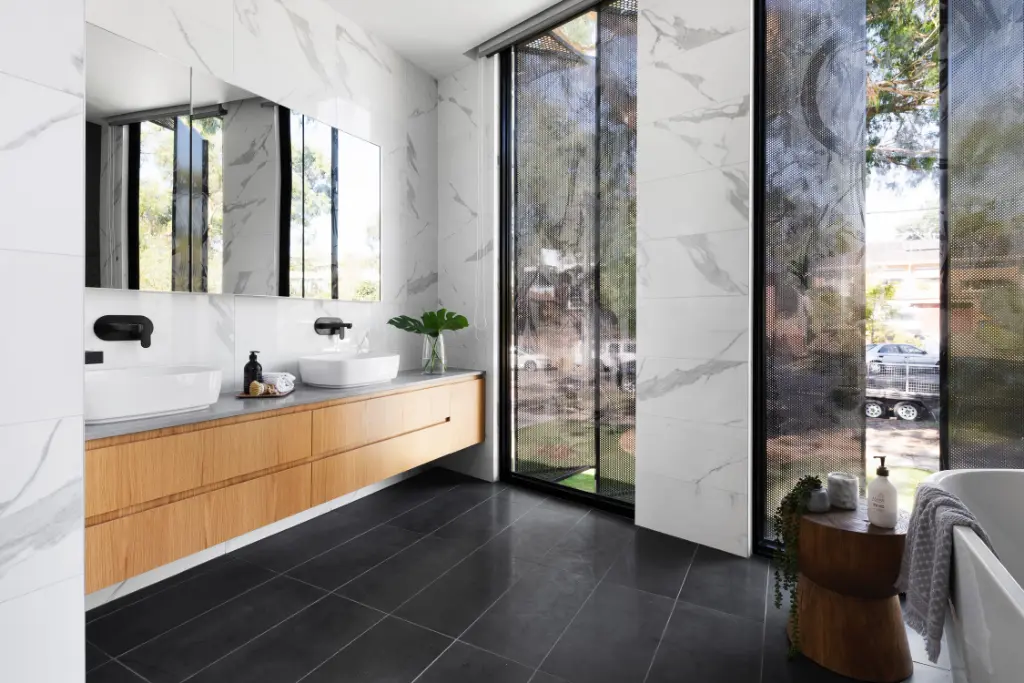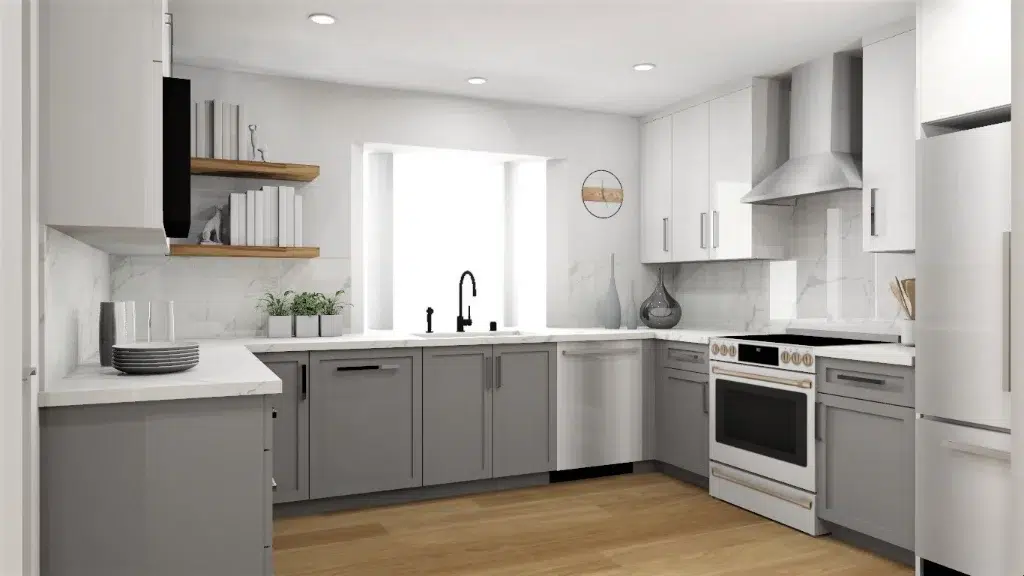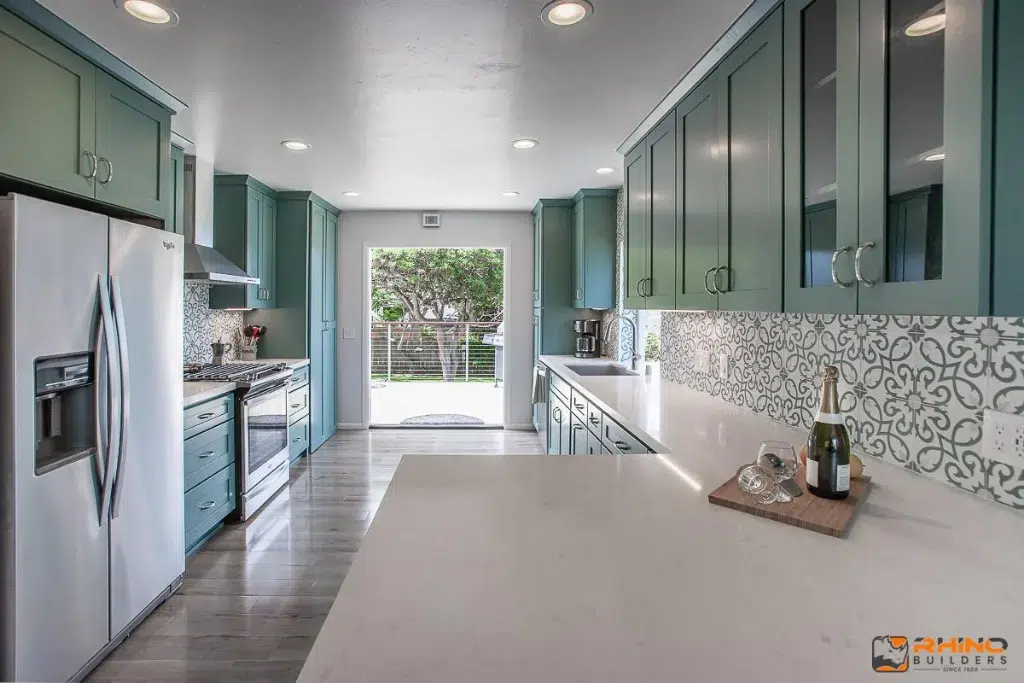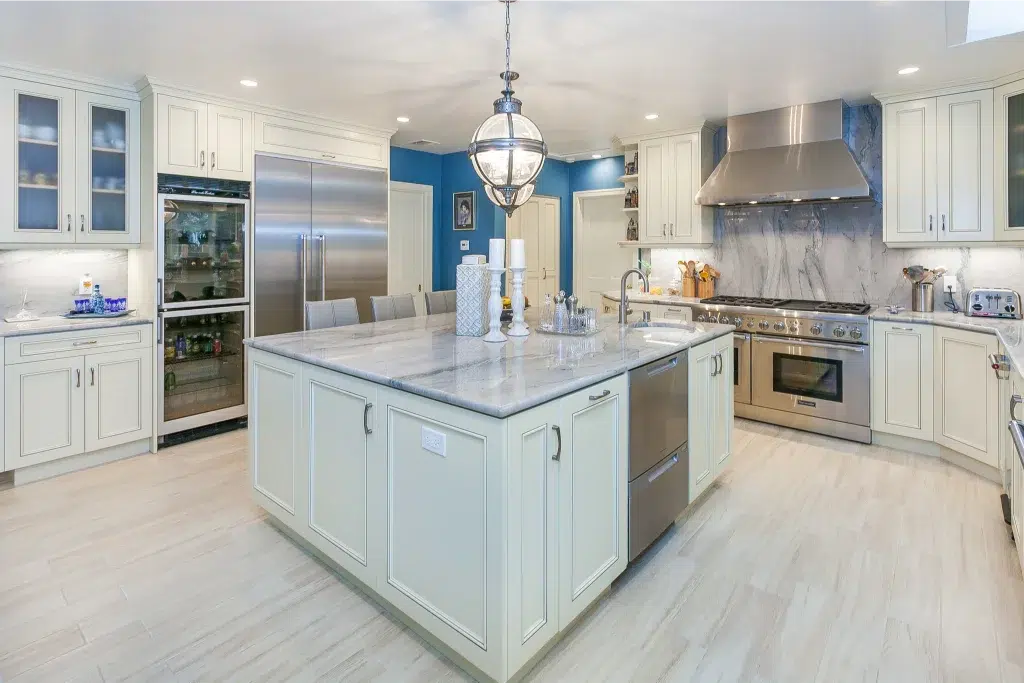The Bay Area is talking about ADUs in real estate, but what exactly are they?
Granny flat. In-law unit. Guest house. Tiny home. These are all what builders, planners, and realtors officially refer to as accessory dwelling units, or ADUs. Whatever you want to call them, they’re the best option to put money into your property and expand your living space which will be worth the investment.
What is it that you are being told concerning ADUs this year, more so than before? A growing number of Bay Area homeowners are reaping the benefits from the dramatic changes to the California law that went into effect in 2020, making the construction of ADUs or accessory dwelling units much easier. The revised law reduced barriers, loosened restrictions, and streamlined the process of constructing an ADU*.
These tiny self-contained units are welcomed by housing advocates, legislators, and real estate agents since they catapult toward an essential solution to the housing crisis. ADUs are a simple and effective way to boost homeownership density and give homeowners the benefit they desire such as additional area, income from rental, and a higher value for their property.
Whether ADUs are built as small-scale dwellings or designed to resemble the stylish dream cottage, increasing numbers of accessory dwellings are being built in garages, backyards, and more.
What is an ADU?

ADU is an “accessory dwelling unit.” It’s a fresh name for an old concept – the granny flat or in-law apartment.
In accordance with the California law*, an acceptable secondary unit is one that possesses these characteristics:
- A self-contained living area with its own bathroom, entrance, and kitchen.
- From 250 square feet, and up to 800 square feet and 1,000 square feet in the event that the ADU has multiple bedrooms. Some cities will allow larger units but consult the municipal planning authority.
- up to 16′ tall with 4-foot side and rear yard setbacks
Who do you think is an ADU for?
- Renters
- Parents who are aging
- In-home health care providers
- Young adult children
- Home-based workers
What is the cost of one ADU in the Bay Area?

The price for building an ADU is contingent on the dimensions of the unit as well as the quality of the building materials, whether creating a free-standing ADU or undertaking an in-home remodel and whether it’s prefabricated or built on site, the location you reside, as well as the local economy. (During the pandemic, construction costs have increased due to rising costs of materials and the competition for labor within areas like the Bay Area.
Do I have the option of renting out my ADU in the Bay Area?
Bay Area rents are notoriously expensive, and the supply is limited, which makes this the ideal opportunity to put your home into use by building an income-generating rental property. According to Rent Cafe, a nationwide rental site, the median rental in Alameda is $2,634.00, $2,816.00 in Oakland, and $2,539.00 for Walnut Creek.
Another option to earn income from an ADU is to make a smaller size of your primary residence and move into a second apartment. Rent out the larger home.
It is important to note that if you built your ADU in the East Bay Area on or after January 1st of 2020, at the time when the most recent state law came into effect, you can’t legally advertise it as a rental for short-term use like Airbnb. ADUs must be rented out for a period of 30 days or more.
What value can an ADU provide to a home?
It’s not easy to estimate the exact value an ADU can bring to a property; however, research suggests that houses sold with secondary units offer an increased return on investment. This concept makes it more appealing to buyers and existing homeowners who plan to convert their homes into an additional household income stream.
An investigation of properties that have ADUs located in Portland, OR, found that ADUs contributed an average of 25%-34 percent.
Should I construct my own ADU for my elderly parents or vice versa?

There is an increase in the quantity of California families that resort to building ADUs and transforming their homes into multigenerational homes. There are two generations of “flavors” of ADUs:
1. PIMBY (or parents In My Backyard):
Adult children are creating ADUs for their elderly parents to assist them in overcoming the difficulties that come with living in a pricey state. Research shows that senior citizens tend to prefer living in place instead of moving into a retirement home that could cost over $5,000 per month within the Bay Area. The most prestigious senior living communities have a fee as high as $1 million! ADUs are built to provide flexible, innovative, and affordable housing alternatives for seniors and Baby Boomers. Parents can remain in their own homes while remaining close to their loved ones to provide help.
2. A brief escape from the Nest
Parents are making ADUs for their adult children who struggle to pay the Bay Area rent or the cost of buying an entry-level property. In California, nearly 40% of youth between ages 18 and 34 have not yet left the nest, per U.S. Census data. Moving your children from the home to an ADU (while paying them a reasonable rental) is a fantastic way to allow all your family members the space, independence, and freedom they want.
How can I fast-track my ADU?
At one time, the property owners endured lengthy open hearings, public meetings, and permit reviews that could take between two and three years. High costs sank the pockets of property owners. To make it easier for the construction of ADUs, both local and state legislators have trimmed the extra paperwork in the last few years. Now in California:
- Local planning authorities must decide whether or not to approve an application within the period of 60 days.
- There is no neighbor notification requirement nor public review hearings required.
- Review of design isn’t necessary.
- The parking requirements are limited to one space for each room or bedroom. Parking is also not required in the event that the ADU is less than a half-mile from public transportation, is located within an area of the car share zone, or is located in an architecturally significant and historically significant district located within the existing main residence or existing accessory structures or located in an area where permit parking is required, but not available to the owner.
- Sprinklers for fire aren’t required when they aren’t required in the main residence.
- ADUs are not considered to be new residential structures in the context of making calculations for the cost of utility connections and capacity costs, such as sewer and water services.
- State law prohibits municipalities from requiring a minimum for ADUs that exceed 800 sq. feet.
- Rear and side setback requirements are limited to 4 feet.
Also, should you ADU?
In addition to helping the housing crisis in the Bay Area, an ADU can also provide rental income and a comfortable house for family members and increase your home resale value. The ROI on your investment will roll in as long as the years to come.
To get ADU inspiration, we strongly recommend that you visit Inspiring ADUs Social media posts Here.
Call us now for your ADU estimate!
*For the 2020 revised ADU California law visit www.alamedaca.gov







